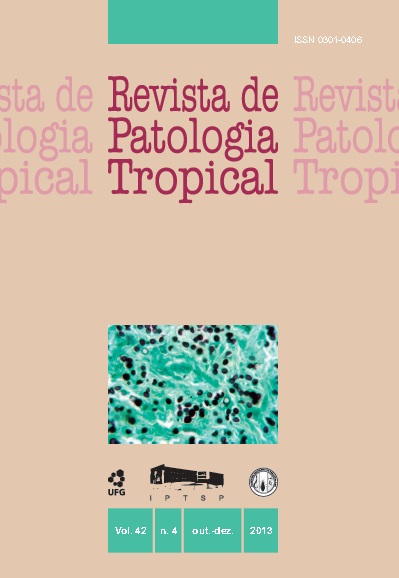Research on the presence of parasites on vegetables as a teaching tool
DOI:
https://doi.org/10.5216/rpt.v42i4.27923Keywords:
Education, integration of teaching and research, teaching methodology, public health, sedimentation techniqueAbstract
The objective of the present study was to describe a teaching practice integrated with research that could be developed in primary and junior high schools and universities. The research was carried out from 2002 to 2011 as a practical activity of Parasitology applied to the Nutrition Course. Each work team received a practical plan (project) with instructions to carry out enteroparasite research in vegetables. The vegetables were processed using the principle of the spontaneous sedimentation technique with a device developed with recycled material. The sediment was observed between a slide and a lugol-stained slide. Contamination was found in ten vegetable species with 36.4% (56/154) positivity. Of these, 48.8% were helminths, 23.3% protozoan cysts and 13.9% helminth eggs. Student evaluation of the practical activity was positive with 98.4% acceptance. This practice has contributed to the education of academics, enlivening and encouraging the study of parasitology and alerting future health professionals that parasites carried in vegetables eaten raw are a concern for food safety and consequently, public health.Downloads
Downloads
How to Cite
Issue
Section
License
The manuscript submission must be accompanied by a letter signed by all authors stating the full name and email address, confirming that the material has not been published or is under consideration for publication elsewhere, and agreeing to transfer copyright in all media and formats for Journal of Tropical Pathology. The authors will not be paid for published articles. They are solely responsible for the content of those articles, even if the Editor holds the right to adjust them to the norms of the journal.
The reviewers will not be paid for the peer review process.

